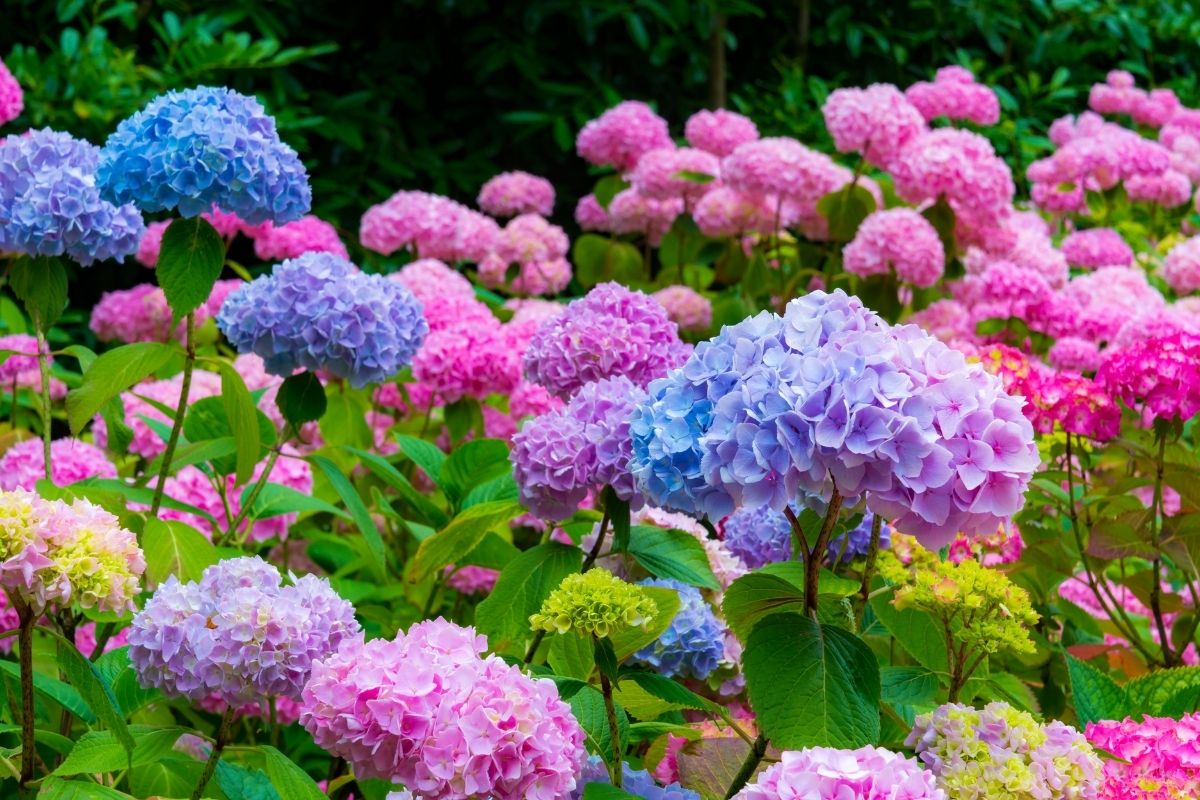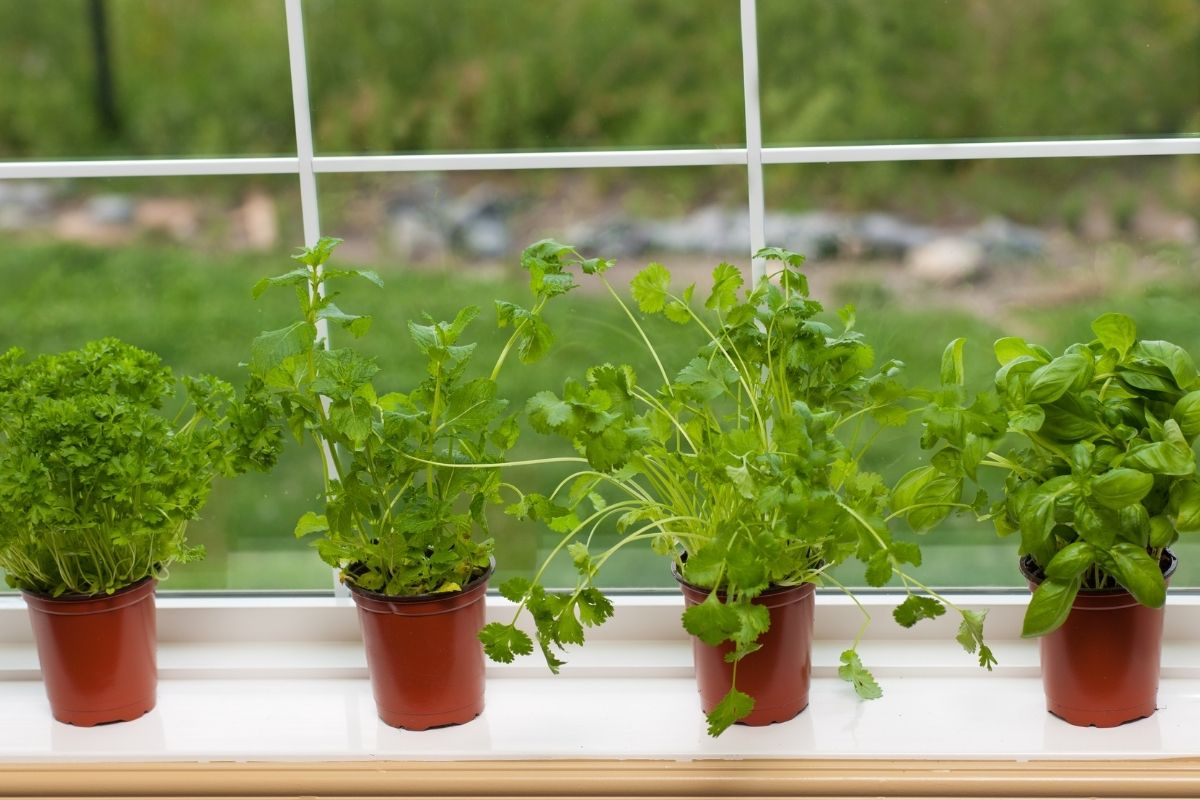Are you planning on moving your hydrangeas and replanting in a different location? You’ll be happy to learn that this isn’t an unusual thing to do! Read on to learn how you can do this.

Hydrangeas are beautiful flowers that come in a variety of colors and shapes. They can be grown indoors or outdoors, and they are able to thrive in a wide range of different climates. If you want to start growing them at home, you’ll need to know how to care for them properly.
Hydrangea is an evergreen shrub with large, showy, fragrant blooms on the tips of its branches. It grows best in full sun, but will tolerate partial shade as well. The plant has long been used in gardens because it attracts butterflies and hummingbirds.
The leaves of the hydrangea are oval shaped and grow up to about 1/2 inch wide. They have smooth edges and are covered in tiny hairs that help keep insects away.
A healthy hydrangea should look like this:
- Healthy roots
- Well-shaped stems
- Clean, green foliage
- Flowers that bloom all season long
- No signs of disease or pest damage
- Good air circulation around the plants
How To Grow Healthy Hydrangeas
If your soil is too dry, your hydrangea won’t get enough water. Watering hydrangeas regularly keeps their roots from drying out. A good rule of thumb is to water once every two weeks during hot weather and once every week during cooler months.
If your soil is too wet, your hydrangeas may not receive adequate sunlight. This causes the leaves to turn yellow and eventually die. Avoid overwatering by keeping the soil moist but not soggy.
You can also use mulch to protect your hydrangeas from weeds. Mulching helps prevent weed growth and adds nutrients to the soil.
When planting hydrangeas, make sure they’re planted deeply so that their roots don’t hit the surface of the ground.
Water thoroughly after planting and then again when the first flower buds appear. Keep watering until the flowers begin to fade.
When fertilizing your hydrangeas, apply fertilizer only when the plant starts to show signs of stress. Fertilizer promotes strong root development and encourages flowering.
Pests And Diseases
Insect pests such as aphids, mealybugs, and spider mites can cause leaf spots and other unsightly blemishes on your hydrangeas. These pests often attack new transplants and young plants.
To control these pests, spray your hydrangeas with insecticidal soap or horticultural oil. Do this before the pests arrive.
Other common diseases include a powdery mildew residue, black spots, and rust. Powdery mildew appears as white patches on the leaves.
Can I Transplant My Hydrangeas?
Yes! You can transplant your hydrangeas if you choose to do so. You’ll need to prepare the area where you plan to move your hydrangeas carefully.
Remove any rocks, sticks, or debris that might scratch the roots. Then dig a hole deep enough to accommodate the roots and fill it with potting soil.
When transplanting hydrangea bushes, the first step is digging a hole in your new spot. You don’t want to leave your plant waiting out of the ground for too long.
Digging a hole takes a lot of work, but it’s worth it to get a healthy plant. Prune your hydrangea back a bit before moving it. Move your hydrangea by lifting it carefully with a strong pair of hands. Don’t use a crowbar or other tools if possible.
Place the roots gently into the hole and cover them with more soil. Add some compost or manure to improve drainage and add nutrients.
After planting, water your hydrangeas thoroughly. If you’ve done everything right, your hydrangeas should be ready for spring blossoming within three to six weeks.
Hydrangea Care Guide
Your hydrangeas will require regular care throughout the year. If you’re growing them indoors, you must provide proper light levels and humidity.
Light Levels

Your hydrangeas will thrive best under bright lighting conditions. Plants grown in low light tend to produce fewer blooms. Outdoors, hydrangeas grow best with plenty of sunlight, although they can also grow in partially shaded areas.
Humidity
Humidifiers are necessary for indoor hydrangeas because they help keep the air moist. In very humid climates, misting systems are recommended.
Fertilize Your Hydrangeas
The time to fertilize depends on how much moisture your hydrangeas have received. During periods of drought, fertilize weekly; during times of abundant rainfall, fertilize monthly.
Use a slow-release fertilizer that contains both nitrogen and phosphorus. Apply 1/4 teaspoon per gallon of water once every two months.
Keeping Your Hydrangeas Healthy
If you notice any problems with your hydrangeas (such as brown foliage), contact your local nursery or garden center for advice. They may recommend removing affected areas and replacing them with healthy ones.
Summary
To summarize, hydrangeas are a type of shrub that are relatively easy to plant and care for…as long as you know how! With our guide, you’ll have all of the tips and tricks to plant and transplant your hydrangeas successfully.
Frequently Asked Questions
Do Hydrangeas Have A Deep Root System?
Hydrangeas have relatively shallow root systems. They only go approximately 6 to 8 inches deep into the soil.
For this reason, hydrangeas are a good thing to plant near to the house, although you should consider how big the hydrangeas will get when mature.
When Can You Dig Up Hydrangeas?
The best time to dig up and move your hydrangeas is in the winter, when the plants are more dormant. In cooler climates, the best time to dig them up is around November, as the plants are dormant, but the soil isn’t too frozen to be able to dig them up.
In hotter climates, you could dig them up between December and February.
How Far Do Hydrangea Roots Spread?
Hydrangeas typically need approximately 3 feet (0.91 m) of space between plants. Some varieties of hydrangea would need more space, up to 10 feet (3.05 m) between each plant.
This wide spacing allows each plant to get enough moisture. Spacing your hydrangeas appropriately is key to having healthy plants.
- Best Hanging Plant For Low Light - September 4, 2023
- Best Indoor Plants Florida - August 28, 2023
- Best Plants For Bathroom Smells - August 21, 2023








